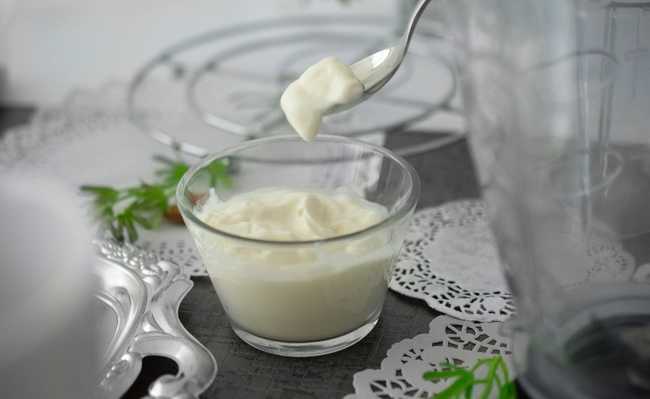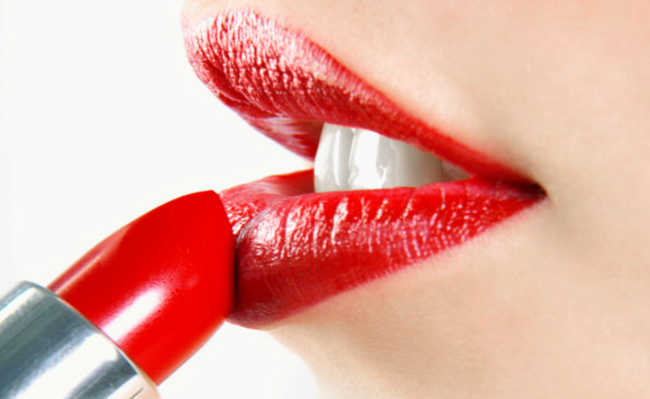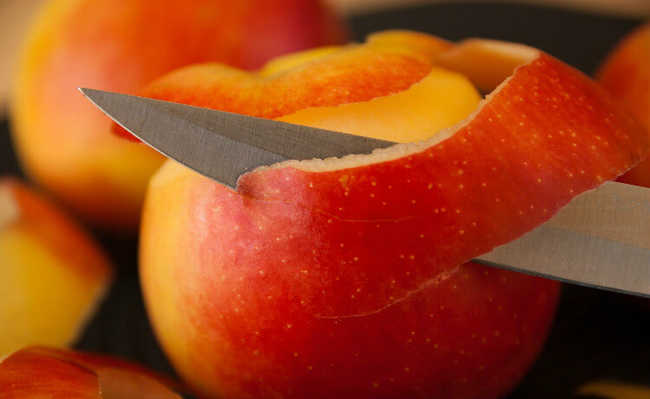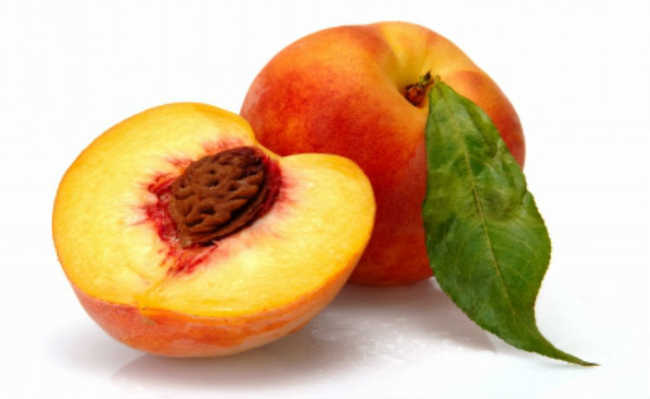Body butter: what it is and what are its properties
Body butter is one of the cosmetics industry's recent bets

Image of silviarite in Pixabay
Body butter is a denser, more concentrated and more potent cosmetic than moisturizing creams and lotions. It is a product composed of ingredients of vegetable origin, such as saturated, unsaturated and essential fatty acids. By generating a more intense and lasting hydration, body butter is ideal for dry skin and dry areas of the body, such as hands, knees and elbows.
Context of emergence of body butter
According to the Brazilian Association of the Personal Hygiene, Perfumery and Cosmetics Industry (Abihpec), the cosmetic market is in full growth, making Brazil one of the three countries that most produce and consume cosmetics in the world, behind only the United States and Japan. This can be explained by the increase in life expectancy and the desire to delay the harmful effects of time, in addition to the relative rise of the lower layers of the social pyramid, naturally accompanied by the significant increase in the consumption of this type of product, which has the power to raise self-esteem and even social status.
The cosmetics industry is extremely important to the economy, as it contributes to the generation of jobs and reduction of regional inequalities through the sustainable exploration of various species throughout the country. Society has been demanding the adoption of clean, economical and environmentally correct production technologies which, in turn, require an enormous effort from students, professors, researchers and engineers, at the University and in Industry, in the search for differentiated, natural and competitive ingredients and innovative formulation processes.
This demand has been reflected in the growing consumption of products composed of natural actives. Interest in the use of vegetable products, both in the pharmaceutical and cosmetic sectors, includes extracts, fixed oils and body butters.
Assets: what are they?
Every cosmetic formulation has a group of substances called active, which can be chemical or biological (synthetic or natural). The actives have proven activity and promote specific action on the tissue cell, such as hydration, nutrition, revitalization, among others.
There are three main types of actives capable of regulating the hydration of the most superficial layer of the skin (the epidermis): occlusive ones, which form a protective layer on the skin, preventing water loss; humectants, which absorb water from the environment; and emollients, whose function is to soften and smooth the skin. Therefore, the specific action and benefits of your body butter will depend on what raw material it was made
Lipids: what are they
The term lipid is used to designate fats and fatty substances such as waxes, oils and butters. They are organic compounds and are distributed in all tissues, mainly in the membranes of animal or plant cells and in fat cells. They are generally insoluble in water and soluble in organic solvents. In addition, lipids have numerous important functions in the body, such as:
- Dietary caloric source (energy value of 9 cal/g);
- Meet specific nutritional needs (essential fatty acids that are incapable of being synthesized by the body, needing to be introduced by food);
- Transport of fat-soluble vitamins (A, D, E and K);
- Lubricating action;
- They protect against temperature fluctuations and excessive water loss through perspiration.
Effect of lipids on the skin
The lipids present in the epidermis form a protective barrier and, in the innermost layer, they fill the entire intracellular space. Among them, fatty acids, ceramides and cholesterol stand out. Oils and butters are mainly composed of saturated, unsaturated and essential fatty acids. The most commonly found essential fatty acids are linoleic (also known as omega 6), arachidonic and linolenic (omega 3). As they are not synthesized by the body, essential fatty acids must be supplied by food or by topical application. Thus, there is a need to choose a good product that meets the specific needs of each skin, in addition to maintaining a healthy diet.
Main properties of body butter
Body butter has emollient properties that mainly prevent skin dryness, and act to prevent injuries in the various stages of skin healing; they can exert bactericidal action and, in the cell, they increase the permeability of the membrane, promote cell division and its proliferation, in addition to exerting a protective effect against damage caused by radiation.
There is a large number of butters of vegetable origin, of exotic origin, such as:
- Kiwi;
- Macadamia nuts;
- Cupuacu
- Shea
- Almonds;
- Cocoa
which, depending on the source, can provide beneficial substances for the skin, such as different vitamins and essential fatty acids.
How to obtain body butter
Although they can occur in different parts of a plant, oils and fats accumulate more abundantly in the seeds, which is why these are the most used in the production of body butter. Basically, the industrial body butter extraction processes can be done in two ways: extraction with organic solvents (mainly petroleum derivatives) and cold pressing using hydraulic presses that crush the seeds - a method with less environmental impact.
Care related to body butter
However, it is worrying the common sense that cosmetics of vegetable origin, such as body butter, are completely safe. Applying various types of products, even natural ones, without knowing their formulation and their effects on the skin can be dangerous. According to the inspection and certification body Ecocert, a cosmetic that is regulated as natural is composed of 95% natural ingredients and this alone does not guarantee that the consumer cannot develop allergic processes or irritations resulting from its use.
Furthermore, the fact that part of natural cosmetic products may contain one or more plant ingredients just to justify this nomenclature cannot be underestimated, hiding the presence of active chemical components of safety and mechanism of action that promote consumer satisfaction, since the formulation with chemical actives occurs in a less complex way than with vegetables. Therefore, it is good to pay attention to the composition of the product before buying it and it is always recommended to consult a doctor or professional before using it.
Therefore, due to the representativeness of the sector and its impact on people's daily lives, consumer awareness and information at the time of purchase is extremely important, as it is the consumer who dictates the direction of the economy and, consequently, the relationship with the environment .
Choosing products with less environmental impact throughout their life cycle can represent a significant improvement in the quality of life. A cosmetic of vegetable origin is less aggressive to the skin and the environment because it is biodegradable, while the same cannot be said for one of mineral (or synthetic) origin. From a global perspective, the volume of synthetic cosmetics consumed is considerable, and when released in large quantities into water bodies, it can act as a barrier to sunlight and inhibit photosynthesis, compromising local aquatic life and the entire ecosystem.










